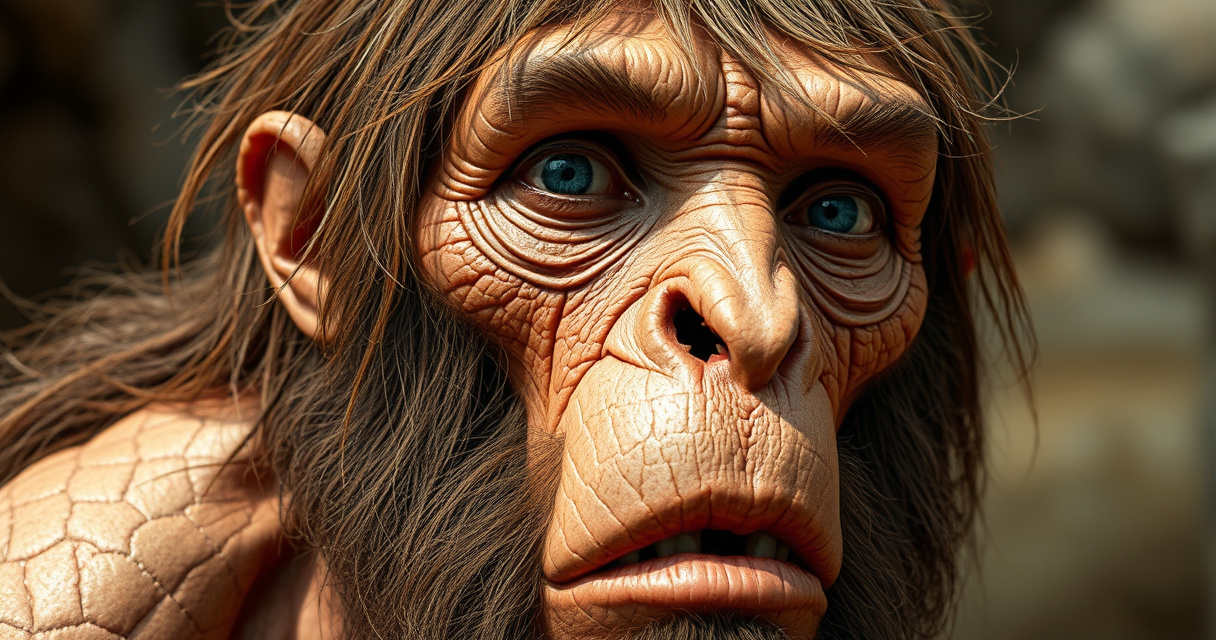News
Did Neanderthals feast on fly larvae? Unveiling a surprising twist in ancient diets

The Neanderthal diet reveals unexpected protein sources as new research challenges traditional views on their eating habits and suggests they consumed more than just meat.
The diet of Neanderthals has long been a subject of fascination among researchers, and recent findings have added intriguing layers to our understanding. A study presented at the 2025 American Association of Biological Anthropologists meeting proposes that Neanderthals may have consumed fly larvae, a surprising protein source. This discovery, published in the journal Science, challenges the conventional portrayal of Neanderthals as primarily meat-eaters. By analyzing nitrogen isotopes in Neanderthal bones and teeth, scientists have uncovered evidence of a diet potentially more varied than previously thought, including decomposing meat and larvae.
Isotope analysis sheds light on Neanderthal diet
To gain insights into the dietary habits of Neanderthals, researchers employed isotope analysis, focusing on the nitrogen isotopes found in their bones and teeth. The results revealed a high concentration of nitrogen-15 compared to nitrogen-14, a chemical signature traditionally associated with a diet rich in meat. This evidence led scientists to believe that Neanderthals consumed more meat than typical carnivores like lions and hyenas. However, archaeological studies have questioned this theory, suggesting that an excess of protein without enough fat and carbohydrates could lead to malnutrition, a condition known as “rabbit starvation.”
The hypothesis of consuming decomposing meat
In 2025, archaeologist John Speth proposed that Neanderthals might have consumed decomposing meat, which contains higher nitrogen levels than fresh meat. This practice could explain the elevated nitrogen concentrations found in Neanderthal remains. By scavenging carcasses left behind by other predators, Neanderthals could have obtained essential nutrients without the constant need to hunt, expanding our understanding of their dietary strategies.
Fly larvae as an unexpected protein source
Melanie Beasley, an anthropologist from Purdue University, conducted an experiment to measure the nitrogen levels in fly larvae that feed on decomposing meat. By analyzing 389 larvae from three different species, she discovered that nitrogen content increased with prolonged exposure to the tissues. Notably, the black soldier fly larvae (Hermetia illucens) exhibited nitrogen levels eight times higher than those of decomposing meat. These findings suggest that fly larvae could have been a significant protein source for Neanderthals, enriching their diet beyond mere meat consumption.
Accessibility and nutritional value of larvae
In the daily lives of Neanderthals, fly larvae were likely abundant in decomposing meat left exposed in the open. Neanderthals could have easily harvested these nutrient-rich larvae from the soil beneath dead animals, making them an accessible protein source, particularly for women. This research is part of a broader effort to redefine our understanding of Neanderthal diets, revealing a complexity and variety previously unrecognized. As studies continue, the picture of Neanderthal dietary practices becomes increasingly intricate, challenging old assumptions and offering new insights into their survival strategies.
Riproduzione riservata © - WT











